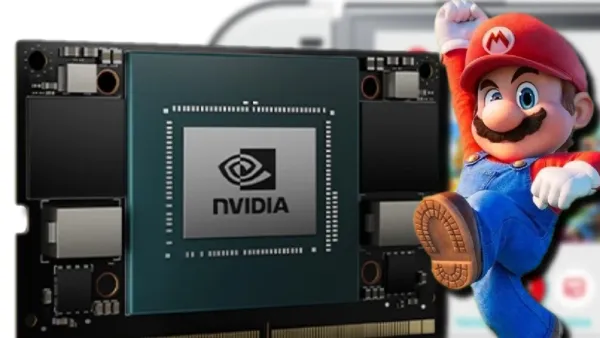
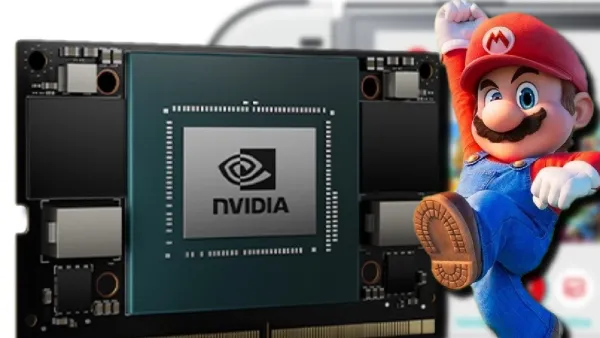
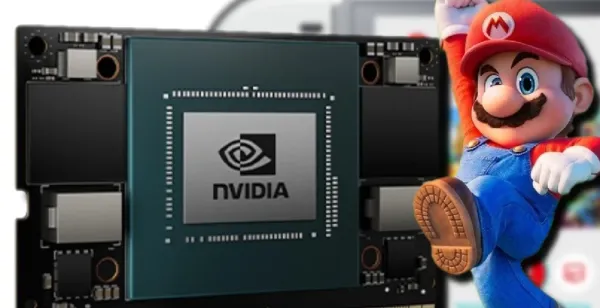
Making his entry in the Computex 2025, Nvidia CEO Jensen Huang proclaimed the news that will surely shake the world of mobile gaming: a Nvidia Custom Chip for Switch 2, developed in close coordination with Nintendo, promises to deliver ten times the performance of the original Switch, hence potentially putting forth the latest in handheld gaming with ray tracing, DLSS (Deep Learning Super Sampling), and AI-powered graphics enhancement.
Such a bold leap signals not only a new generation of Nintendo hardware but also an entirely new paradigm of possibilities in mobile gaming experiences.

The growth of a decade in a single generation
The original Switch was powered by a custom Tegra X1 chip. Though in many ways modest by the discretion of time, it was such ingenuity in creating an experience that captivated millions around the world. But as other consoles went to embrace 4K, ray-tracing, and high frame rates, the Switch is being more and more with less power.
It looks as if the Switch 2 wants to change it some more.
According to Huang, the new custom SoC is based on Nvidia’s latest architecture, reportedly a refined version of the Ada Lovelace family, and has been engineered for high-efficiency gaming performance.
“This Nvidia Custom Chip for Switch 2 delivers 10 times the performance of the original Switch, and it does so without compromising on battery life or thermals,” he stated with confidence.
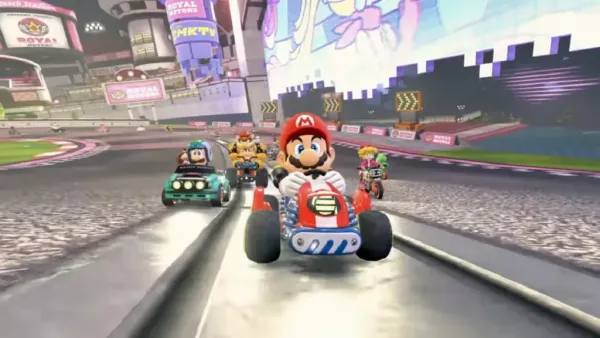

What Makes the New Chip Special?
Some of the major improvements that differentiate Switch 2’s silicon from its predecessor are:
1. Integration of DLSS 3.5
Nvidia’s DLSS (Deep Learning Super Sampling) is perhaps the most talked-about advancement in real-time rendering in the past couple of years. Switch 2 will make use of DLSS 3.5, which adds frame generation and AI-enhanced upscaling, so that the console can output in 4K while rendering games internally at much lower native resolutions. This will be paramount in providing a good balance between visuals and power consumption in handheld mode.
2. Hardware-Accelerated Ray Tracing


The new chip features ray tracing cores, which will enable developers to create immeasurably realistic lighting, shadows, and reflections across Switch games. While this is already a standard for modern consoles, it marks a first for Nintendo hardware.
3. AI-Assisted Graphics Enhancement
With dedicated AI processors on board (probably a form of Nvidia’s Tensor Cores), that chip can be used to dynamically upscale textures, animations, and even alter non-player character (NPC) behaviors, giving developers some amazing new tools to seed all kinds of immersive game worlds into existence.
4. Energy Efficiency and Portability
Despite increased power output, the chip is optimized for mobile use. On one of the most advanced nodes so far (probably 5nm or 4nm), the chip is said to be struck
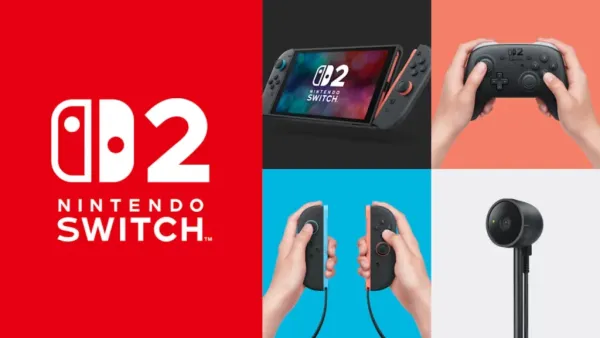
According to reports, the chip maintains the Switch 2’s beloved lightweight, portable form factor by striking a unique balance between performance and efficiency. Years of Development Into a Partnership Over time, Nintendo and Nvidia’s partnership has grown considerably. The Switch 2’s chip seems to be the main focus, whereas the original Switch was considered a side project for Nvidia’s Tegra division. “Nintendo is an innovation partner, not just a customer,” Huang stated. “This isn’t a PC chip that was converted to a console. This console chip was created from the ground up. According to insiders, Nintendo engineers played a significant role in the chip’s development, contributing to the definition of features and applications unique to the company’s design ethos.
-
The Trump-Musk meltdown gets messy

-
Loblaw vs JM Smucker face off over Folgers coffee price; weather, Trump tariffs also play a role

-
Musk-Trump breakup puts billions in SpaceX contracts at risk, jolting US space program

-
Canada Citizenship Bill addresses ‘Lost Canadians’ and First Generation Limit’; check features and eligibility

-
Stablecoin firm Circle triples after IPO priced above range
